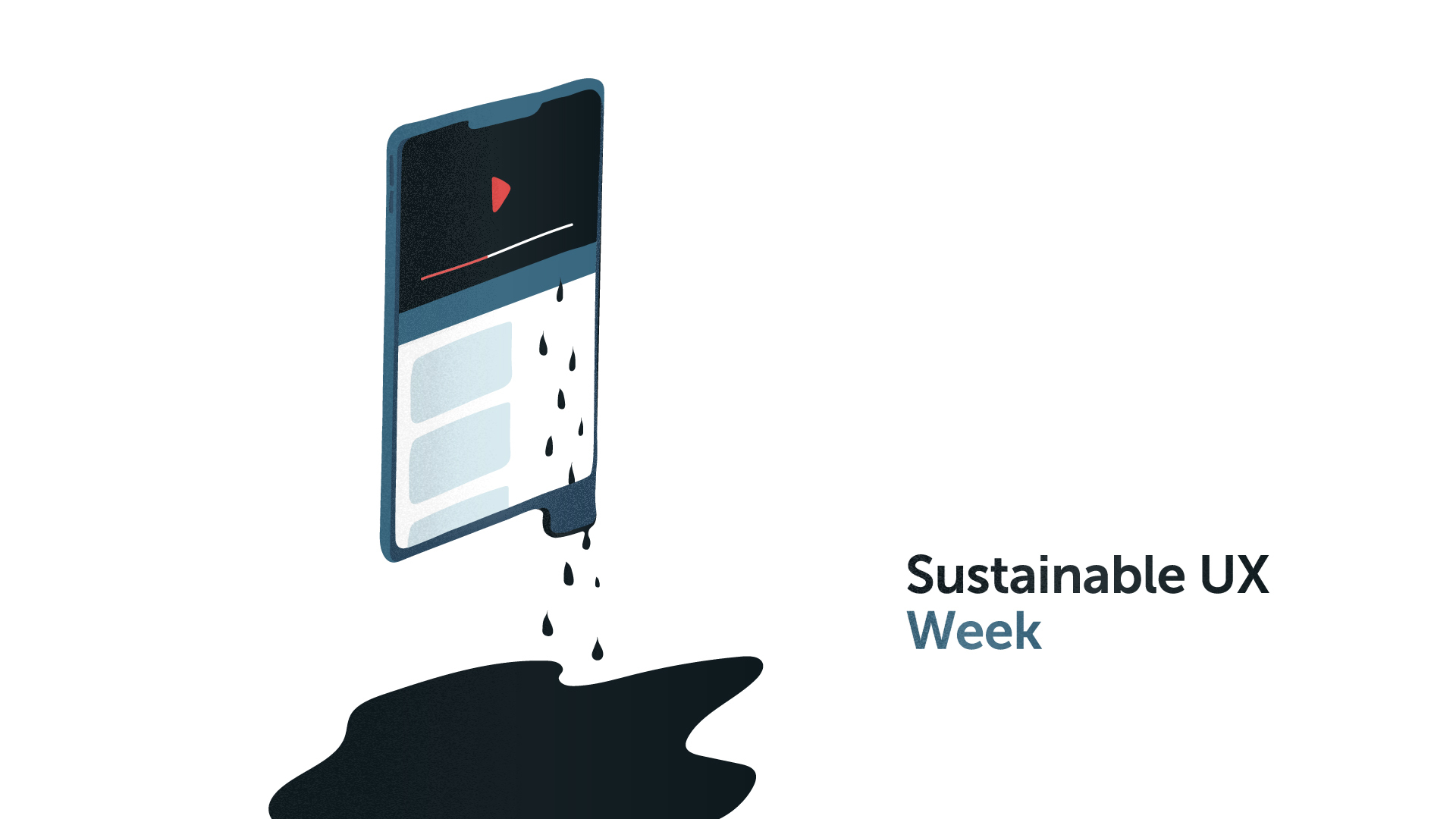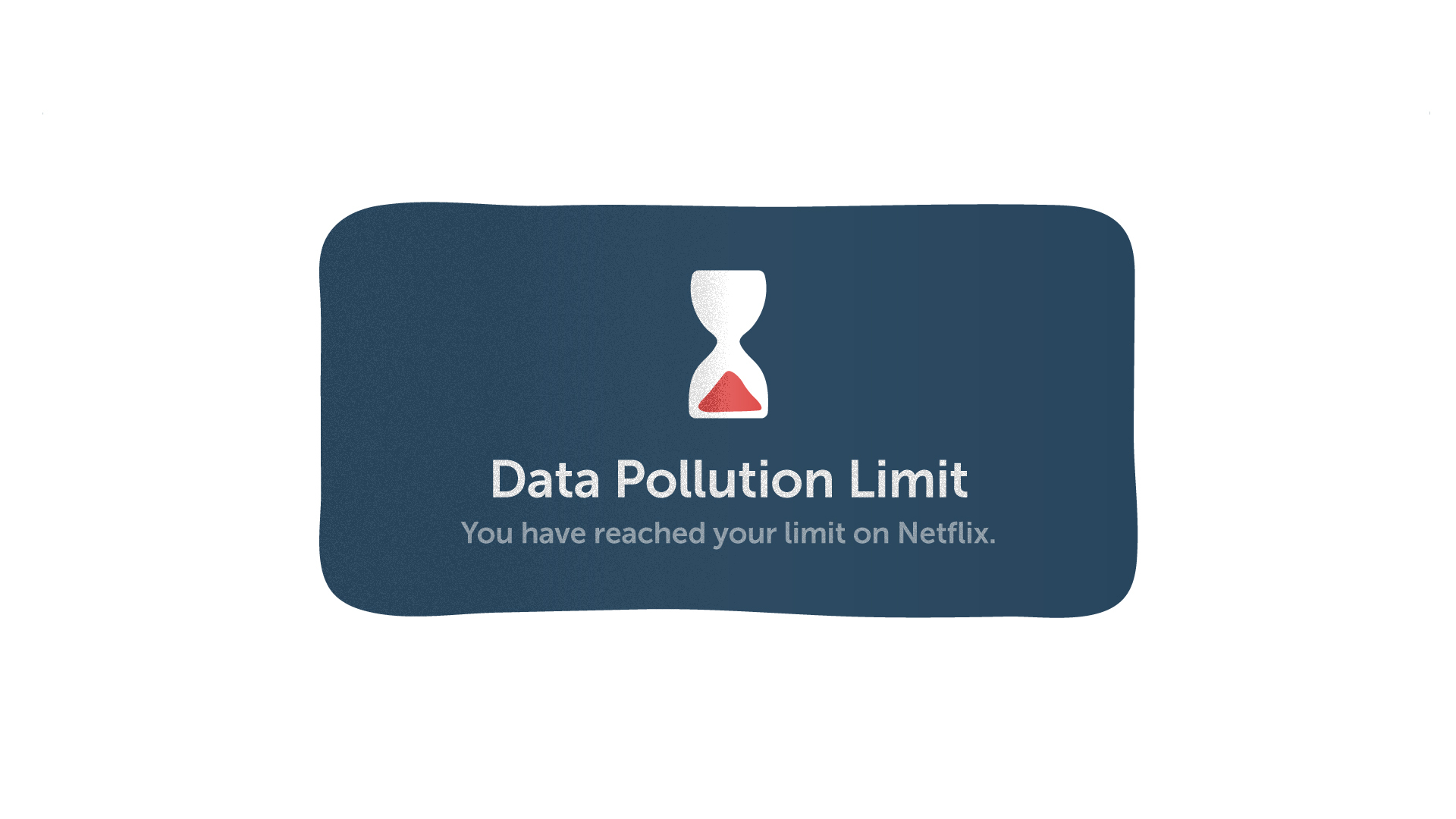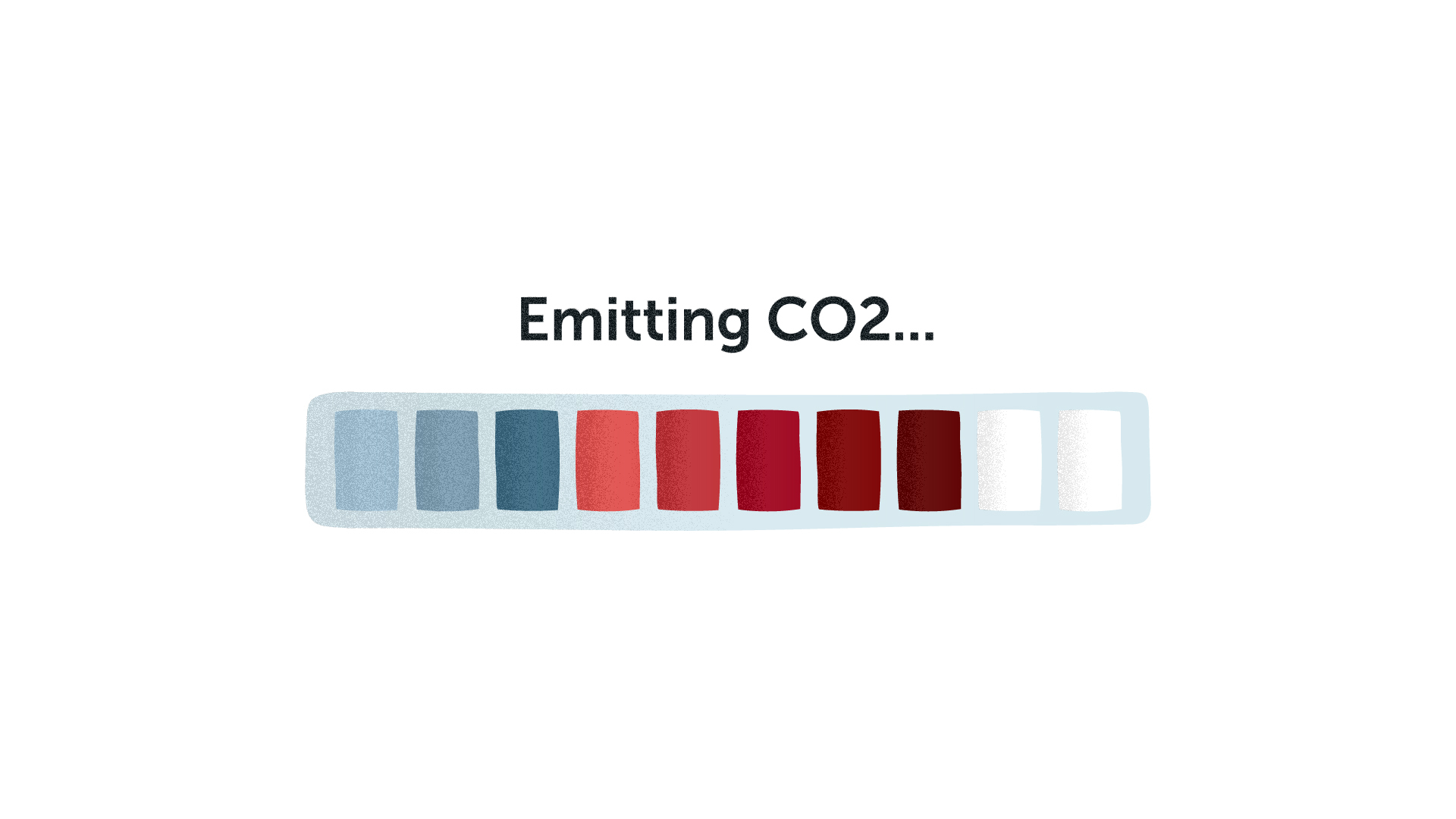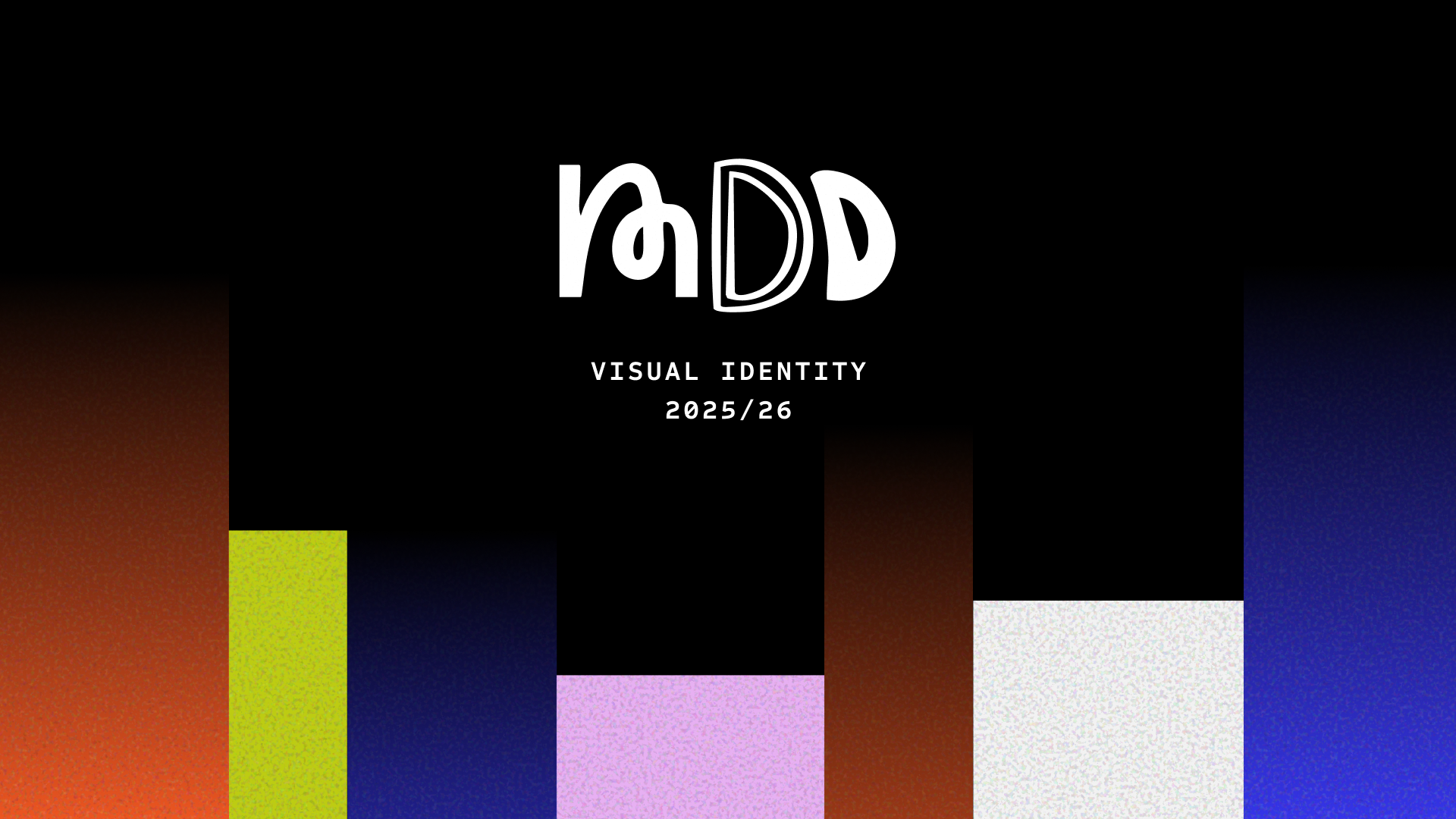Blog #4: Gearing Up On Sustainable UX

In light of Earth Day, the Master Digital Design has dedicated this whole week to Sustainable UX. From highlighting good practices to providing ideas of our own. Today, we conclude this series with key recommendations for UX designers and design studios.
In this series, we’ve touched upon the emergence of the field of Sustainable UX. It's a subject-matter that is still in its infancy. Most people have yet to realize that software can pollute our planet. A dirty factory chimney or a polluted car is easy to label as unsustainable. But the intangible nature of software makes pollution too abstract to get a grasp on. We simply can't imagine that sending a message from our phones has an impact too. Data moves from place to place through machines that are powered by electricity. These machines consume energy that emits CO2 if it doesn't come from renewable sources.
We won’t stop binge-watching our favourite series.
So what's the solution? Do we stop using digital tools altogether? In the world we’re living in, that’s difficult to imagine. We could start pointing fingers at streaming services, as they’re one of the biggest digital polluters, but we won’t stop binge-watching our favourite series. So, reducing emissions in digital products has to be tackled in another way. As designers, we can do this with a set of focus points for the next couple of years.
1. It starts with awareness
To fight the problem of computational energy usage, we need to create an awareness of data usage and its impact on the environment. We hope that this series of articles has already shed some light on the subject. If we, as designers, make each other aware of movements like Sustainable UX, we can actively consider the impact of our designs and how we can make them greener.
We all share and use the web, just as we all share this planet, and can come together to fix it. By sharing knowledge through articles like these, we can actually use the ‘problematic’ data slurping Internet as a solution.

2. Measuring is key
To make sustainability more understandable we need better tools to measure Internet pollution. It's important to understand that measuring is much more complex than it seems. Sustainability acts in a system of actors that all influence each other. Measuring sustainability includes so many aspects that it’s not always easy to understand which decision is right sustainability-wise. There isn't yet a reliable model for energy modeling in interactive applications. Any takers out there up to the job?
3. Participate
We as designers, product managers, engineers, and entrepreneurs have the responsibility to consider the web as a polluter. It is up to us to create something that is good for the user as well as the planet. We can create good design by choice without compromising aesthetics and functionality.
Good UX-design might equal sustainable UX-design. For the user experience, we strive to bring the user through our products in the fastest way possible. Now, we can bring it a step further. We have to consider how we can prevent our users from loading more data than needed and we can tweak our work accordingly. Reduced data leads to reduced energy consumption.

4. Scale does matter
From our own experiments this week and looking at what others have done in the field of sustainability, we have seen how small we can start out. The changes we make in our solutions are small but can have a big effect in the long run. Every conscious design choice helps in the reduction of our computational energy usage.
Small nudges in UX can go a long way. By presenting more sustainable options to our users clearly, we can help them make more environmentally friendly decisions. Options don’t have to be pushed, but can simply be presented (or even automatically selected). Unwittingly, people can make a choice to save the planet.
The moment we create digital products or services we become part of the problem.
Even systematic changes to reduce small bits and pieces in an interface can massively change the emission rate. The simple compression of an image can have a big impact once it goes around the world. The internet is a numbers game and scale does matter. Think about what impact everything you design and build would have if 10 million people would use it.
You may wonder whether as a designer it is your responsibility to design more sustainably or to bring this awareness to the user. But from the moment we create digital products or services we become part of the problem. The question is whether you would like to be part of the solution as well.
Text by Danique de Bies & Kent de Bruin. Illustrations by Matthijs Nolst Trenité. Filter and calculations by Gabriela Onu.

